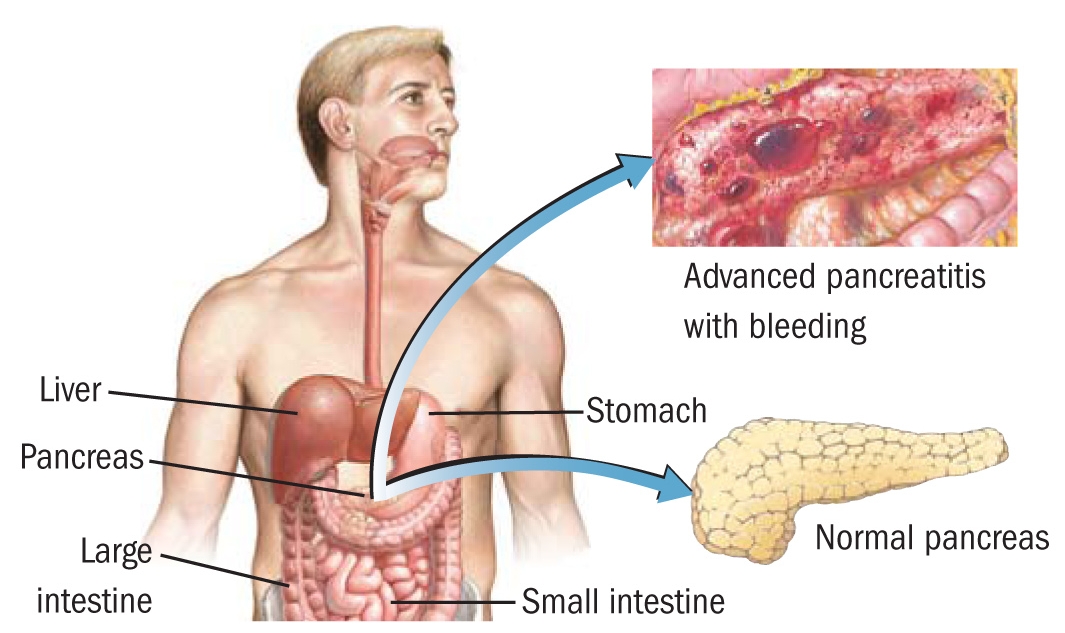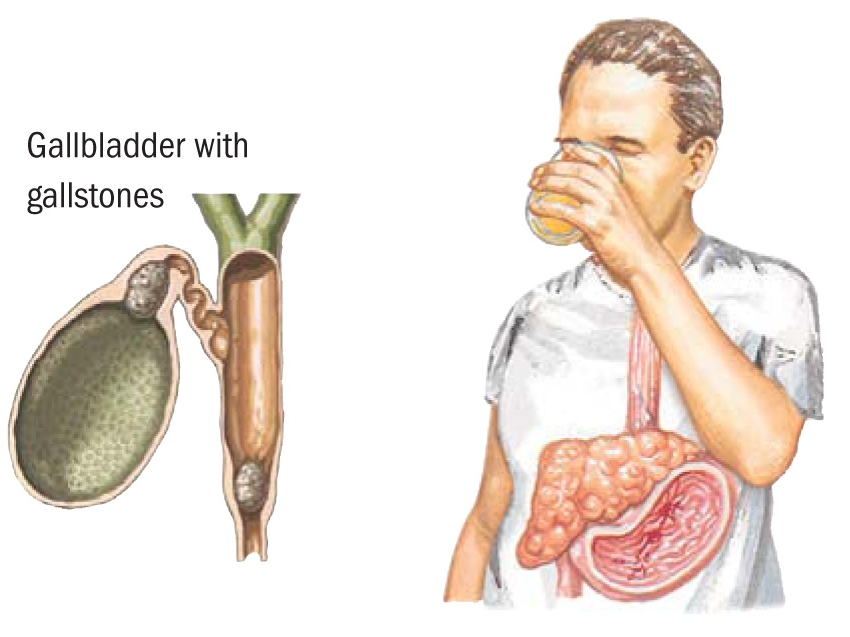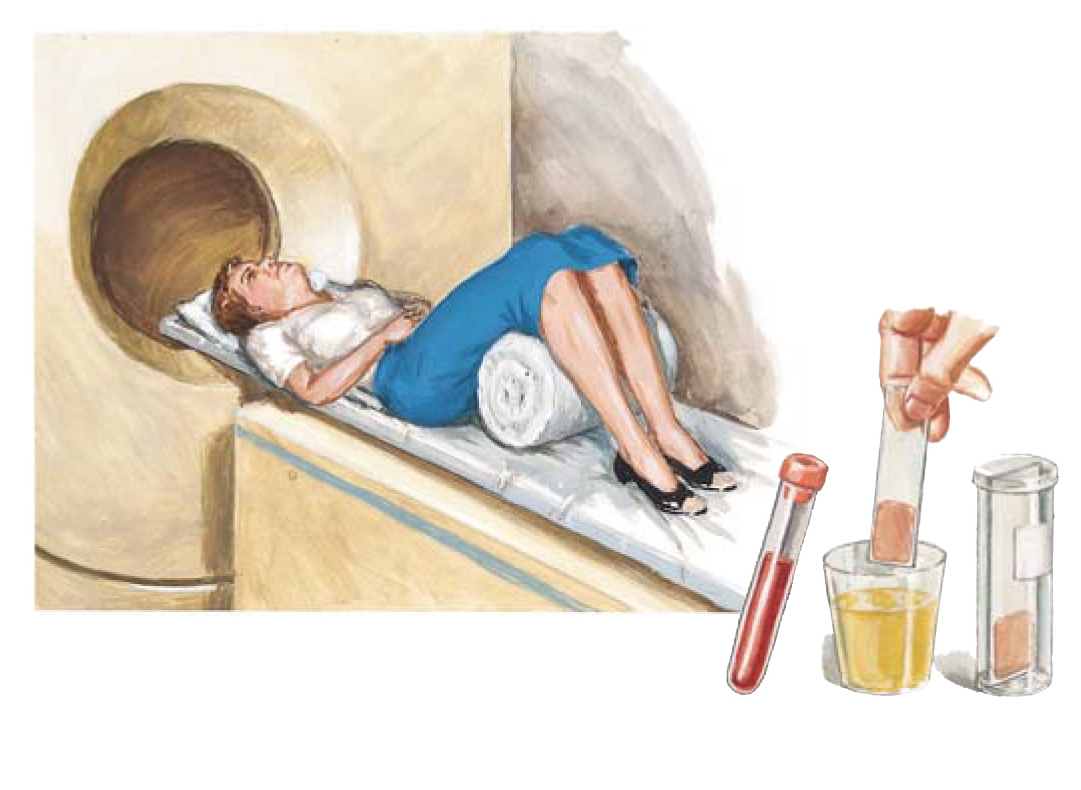Acute Pancreatitis

What Is Acute Pancreatitis?
The pancreas is a gland in the abdomen, surrounded by the stomach, intestines, and other organs. It makes substances called pancreatic juices (containing digestive enzymes) and hormones including insulin. These digestive enzymes are then sent to the small intestine. Pancreatitis is inflammation (swelling) of the pancreas. It occurs when these digestive enzymes begin attacking the pan-creas.
Pancreatitis can be acute, which occurs suddenly and may be life-threatening with many complications. Continuing injury to the pancreas may lead to a long-lasting (chronic) form. Pancreatitis cannot be caught. About 50,000 to 80,000 cases of acute pancreatitis occur in the United States yearly. About 20% of cases are severe. In very severe cases, shock and sometimes death can occur.
What Causes Acute Pancreatitis?
The most common causes are gallstones and alcohol use. Others include prescribed drugs, surgery to the abdomen (belly), pancreatic or intestinal abnormalities, and rarely infec-tion (e.g., mumps), blockage or scarring of the pancreas, cancer, and pancreatic infection. Sometimes, the cause is unknown.
What Are the Symptoms of Acute Pancreatitis?
 The first symptom is usually upper abdominal pain that may last for a few days and is often severe. It may also reach the back and the chest. Pain may be sudden, intense or mild, and get worse with eating. A swollen, very tender abdomen may occur. Other symptoms may include nausea, vomiting, fever, and in-creased pulse.
The first symptom is usually upper abdominal pain that may last for a few days and is often severe. It may also reach the back and the chest. Pain may be sudden, intense or mild, and get worse with eating. A swollen, very tender abdomen may occur. Other symptoms may include nausea, vomiting, fever, and in-creased pulse.
How Is Acute Pancreatitis Diagnosed?
To make a diagnosis, the doctor uses a medical history and physical examination, plus blood and urine tests and maybe computed tomography (CT) or ultrasound of the stomach. The blood test checks the level of amylase or lipase (digestive enzymes made in the pancreas), which get high when the pancreas is inflamed. Blood levels of calcium, magnesium, sodium, potassium, and bicarbonate may also change. Sugar and lipid (fat) levels in blood may also increase. After the pancreas recovers, these levels usually go back to their baseline.
 How Is Acute Pancreatitis Treated?
How Is Acute Pancreatitis Treated?
Treatment is usually supportive and in the hospital. Intravenous fluids increase blood volume and replace electrolytes such as potassium and calcium. If someone cannot control vomiting, a tube is temporarily passed through the nose to the stomach to remove fluid and air. People with mild pancreatitis may be unable to eat for 3 or 4 days but are given intravenous fluids and pain relievers. People with severe pancreatitis may get intravenous feeding for longer periods. Surgery may be needed for infections, cysts, or bleeding. Attacks caused by gallstones may be treated with gall-bladder removal or bile duct surgery when the pancreatitis subsides.
DOs and DON'Ts in Managing Acute Pancreatitis:
DO - remember that pancreatitis can be life-threatening and needs emergency treatment.
DO - call your doctor if you have abdominal pain, vomit blood, or have a problem with alcohol, jaundice (yellow skin and eyes), fever (101° F or higher), weight loss, muscle cramps, or seizures from alcohol withdrawal.
DON'T - drink alcohol. Heavy drinking can cause pancreatitis.
Don't be afraid to ask for help if you cannot stop drinking alcohol.

